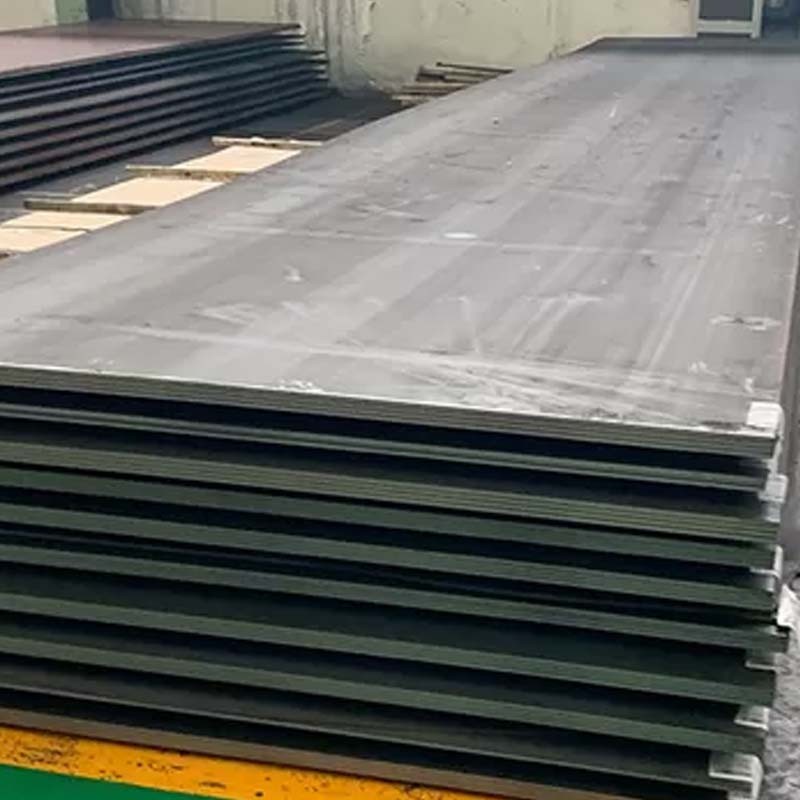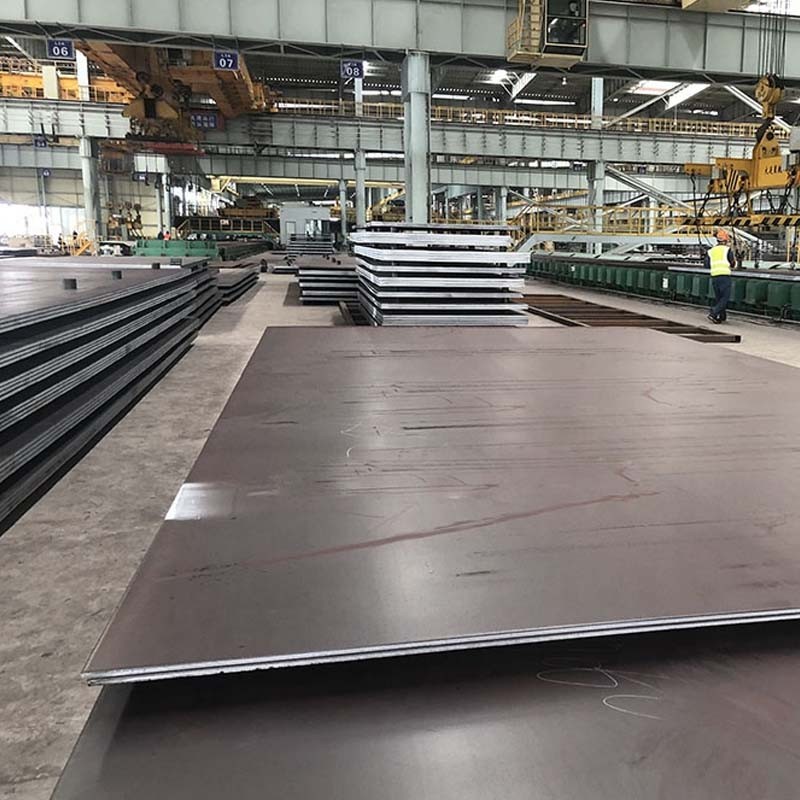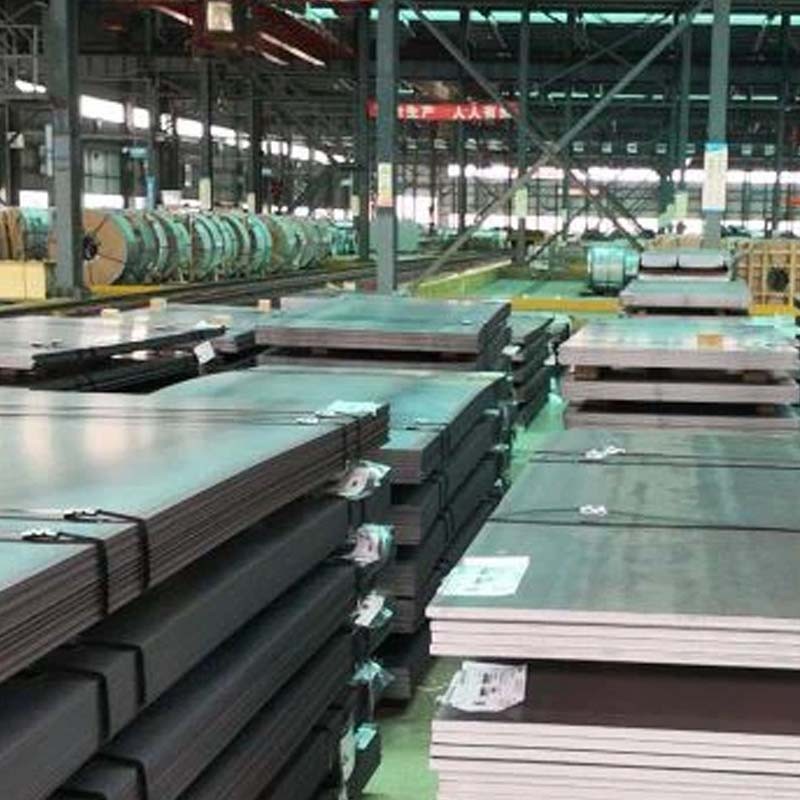Shipbuilding steel plates are specially designed and manufactured for use in constructing various types of ships and marine structures. These plates are typically made from high-strength, low-alloy (HSLA) steel, which exhibits excellent mechanical properties and corrosion resistance, making it suitable for maritime applications.
Characteristics of shipbuilding steel plates:
Shipbuilding steel plates are produced through a specialized manufacturing process, which involves precise alloying and controlled rolling techniques to achieve the desired mechanical properties. The steel used in these plates is typically characterized by its high tensile strength, impact resistance, and weldability. These properties ensure that the plates can withstand the dynamic loads and stresses experienced by ships during their lifetime.
To meet specific requirements, shipbuilding steel plates are available in various grades and thicknesses. Common Grades include AH32, DH36, EH36, and FH40, among others, which are classified based on their minimum yield strength. These grades provide different levels of strength and toughness, depending on the intended use and classification society regulations.
Shipbuilding steel plates undergo rigorous testing and quality control measures to ensure their reliability and adherence to international standards. They are subject to various tests, including tensile testing, impact testing, and ultrasonic examination, to verify their mechanical properties and detect any defects or imperfections.
Application of shipbuilding steel plates:
The primary purpose of shipbuilding steel plates is to provide structural integrity and strength to the hull of a ship. They are used in the construction of various ship components, such as the hull, decks, bulkheads, and superstructures. These plates are engineered to withstand the harsh conditions of the marine environment, including exposure to seawater, extreme temperatures, and heavy loads.
In conclusion, shipbuilding steel plates are essential components in the construction of ships and marine structures. With their high strength, excellent corrosion resistance, and tailored mechanical properties, these plates provide the necessary structural integrity to withstand the demanding conditions of the marine environment.
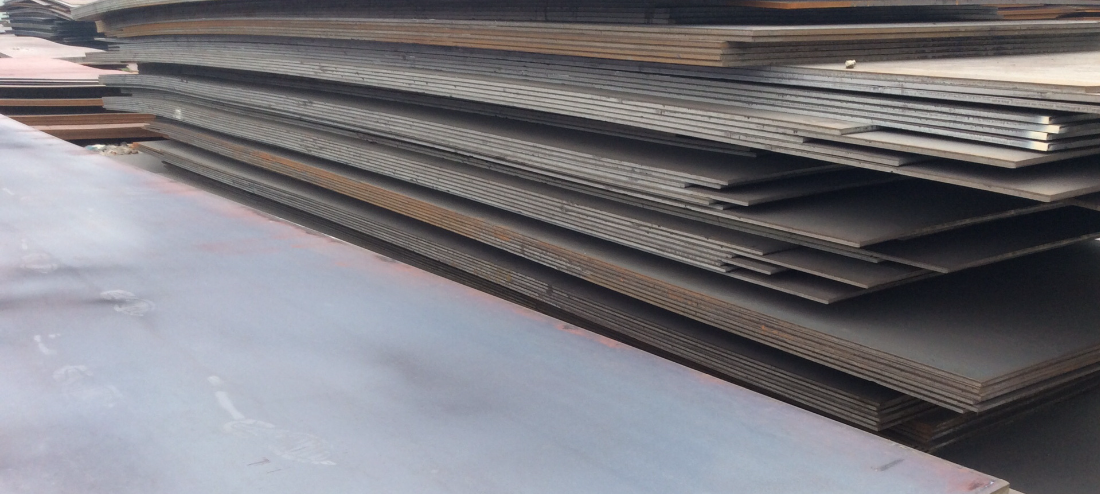
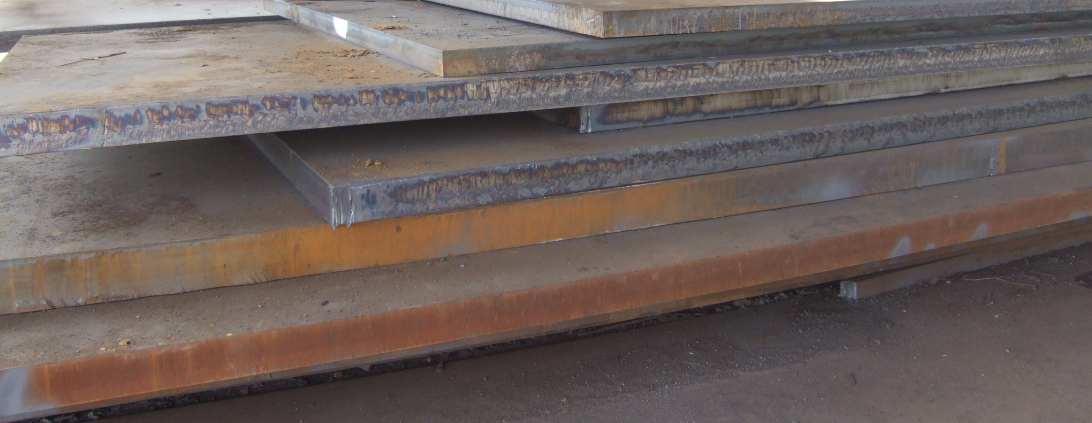
There are different standards in different countries. And according to the different uses of shipbuilding steel plates, there will be different specifications and standards for the shipbuilding steel plates. Here are some commonly used specification standards for shipbuilding steel plates in China, the United States, the United Kingdom, and Japan:
China Standard:
GB/T 712-2022: Structural steel for ship and ocean engineering
GB/T 5312-2009: Carbon and carbon-manganese steel seamless steel tubes and pipes for ship
American standard:
ASTM A131: Standard specification for structural steel plates for ships
ABS (American Bureau of Shipping) Rules: Classification society rules for shipbuilding steel plates
British Standards:
Lloyds Register of Shipping: Classification society rules for shipbuilding steel plates
BS 4360: Specification for weldable structural steels
BS 7191: Specification for higher-strength steel plates for shipbuilding
Japanese Standards:
JIS (Japanese Industrial Standards) G3106: Standard specification for hot-rolled steel plates, sheets, and strips for general structural usage
JIS G3136: Standard specification for hot-rolled steel plates for pressure vessels for intermediate and high-temperature service
JIS G3193: Standard specification for dimensions, mass, and permissible variations of hot-rolled steel plates, sheets, and strips
With the improvement of shipbuilding capacity, domestic shipbuilding enterprises are gradually making breakthroughs from quantity to quality, gradually changing the product structure dominated by bulk carriers. The capabilities of large container ships, liquefied gas ships, drilling ships and other high value-added ships are With continuous improvement, the tonnage of ships built is getting larger and larger, and the ship types are becoming more and more complete. high strength, High toughness and corrosion resistance have gradually become the development direction of steel enterprises to produce and develop shipbuilding plates.
GB/T 5312-2009:
According to GB/T 5312-2009 ("Carbon and Carbon-Manganese Steel Seamless Steel Tubes and Pipes for Ship"), the size, weight, and permissible deviation of shipbuilding steel plate are shown below:
Dimensional standards:
Thickness range: generally from 6 mm to 650 mm
Width range: generally 900 mm to 4800 mm
Length range: generally 3000 mm to 27000 mm
Weight standards:
Unit area weight range: generally 7.85 kg/m2 to 160 kg/m2 (specific regulations may vary)
Allowable deviation standards:
Thickness deviation: Depending on the specific thickness and grade, the permissible thickness deviation may be between plus or minus 0.3 mm to plus or minus 3 mm.
Width deviation: Depending on the specific width and grade, the permissible width deviation may be between plus or minus 10 mm and plus or minus 50 mm.
Length deviation: Depending on the specific length and grade, the allowable length deviation may be between plus or minus 100 mm to plus or minus 500 mm.
GB/T 5312-2009:
According to GB/T 5312-2009, the dimensional standards of shipbuilding steel plates need to conform to GB/T 709-2019.
According to GB/T 709-2019, the size, weight, and allowable deviation of shipbuilding steel plate are as follows:
Dimensions:
Thickness range: 1.5 mm to 60 mm
Width range: 750 mm to 1,800 mm
Length range: No limitation on length, according to negotiation or contractual agreement
Weights:
The weight of a single sheet of steel is usually expressed in metric ton, depending on the size and thickness of the sheet.
Allowable deviations:
Thickness deviation: The allowable thickness deviation will vary depending on the specific thickness range. For example, for steel plates with a thickness of 1.5 mm to 3 mm, the allowable thickness deviation is ±0.10 mm.
Width deviation: Depending on the specific width range, the allowable width deviation may vary. For example, for a steel plate with a width of 750 mm to 1,800 mm, the permissible width deviation is ±5 mm.


